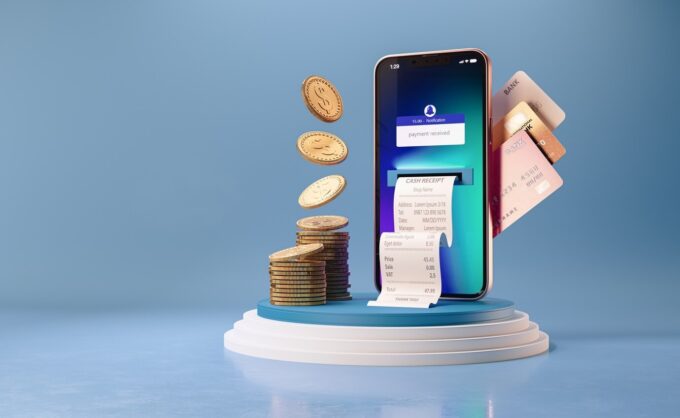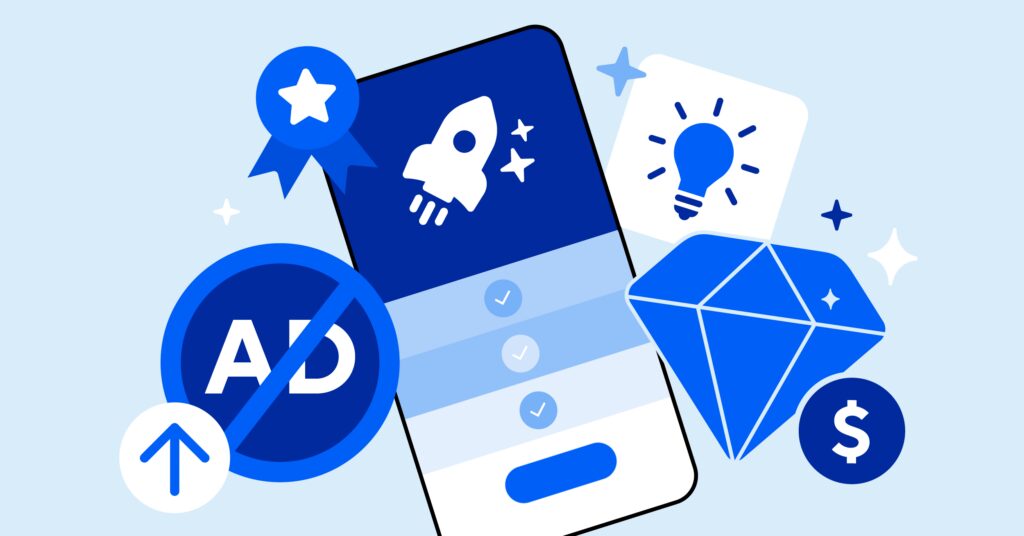Mobile apps have become an essential part of our lives. As a result, monetizing these apps has become a lucrative business for any mobile app development company. There are several monetization options available to app developers, each with its own set of benefits and challenges.
Understanding your monetization options is a crucial step in building a successful mobile app business, especially in the competitive world of e-commerce app development. In-app advertising, in-app purchases, and subscription-based models are three popular monetization models that app developers can choose from to generate revenue from their e-commerce app.
The right choice will depend on your app’s target audience, features, and niche. By choosing the right monetization model and balancing user experience with revenue generation, you can build a profitable mobile app business.
In this article, we will explore the different monetization options available and how to choose the right one for your app. We are going to base our work on the research and studies of a renowned mobile app development. So, read on and learn.
Understanding Your Monetization Options

Source: leanplum.com
Before we dive into the different monetization options available, it’s important to understand that not all apps are created equal. Some apps are better suited for certain monetization models than others. Therefore, it’s crucial to evaluate your app and determine which model is most appropriate for your app’s target audience, niche, and features.
In-App Advertising
In-app advertising involves displaying ads within your app. These ads can take various forms, such as banner ads, interstitial ads, and rewarded video ads. In-app advertising can be a great way to monetize your app without charging your users.
You earn revenue by showing ads to your users, and advertisers pay you for the traffic and engagement generated by their ads. However, it’s essential to balance the user experience with the number and placement of ads to avoid alienating your users.
In-App Purchases
In-app purchases (IAPs) allow users to buy digital products or services within your app. IAPs can be consumable (e.g., virtual coins or lives) or non-consumable (e.g., premium features or subscriptions).
IAPs are a popular monetization model for freemium apps, where the basic version of the app is free, but users can unlock additional features or content through IAPs. IAPs can be a great way to earn revenue from users who are willing to pay for premium content or features.
Subscription-based Models
Subscription-based models involve users paying a recurring fee to access premium content or features. Subscription-based models work best for apps that offer ongoing value to their users, such as news or media apps, productivity apps, or entertainment apps.
Subscription-based models can provide a predictable revenue stream and a high lifetime value of customers. However, it’s essential to provide a compelling reason for users to subscribe, such as exclusive content, early access, or enhanced features.
Creating a Monetization Strategy that Works for Your App

Source: freepik.com
- Identifying Your Target Audience: To create a successful monetization strategy, you need to understand your target audience’s needs and preferences. Conduct market research to identify their pain points, motivations, and willingness to pay for different types of content or features.
- Analyzing Your App’s Value Proposition: Evaluate your app’s unique selling point and determine how it can differentiate from competitors. Identify what value your app provides to users and how you can monetize it.
- Researching Competitors and Industry Trends: Keep an eye on your competitors’ monetization strategies and industry trends to identify opportunities and threats. Analyze their strengths and weaknesses and learn from their successes and failures.
Building a User Base that Supports Monetization

Source: adjust.com
- Focusing on User Acquisition and Retention: User acquisition and retention are critical for monetization. Build a marketing plan that targets your ideal users and focuses on keeping them engaged and loyal to your app.
- Utilizing App Store Optimization (ASO) Techniques: App Store Optimization (ASO) is the process of optimizing your app’s visibility and ranking in the app stores. Utilize ASO techniques such as keyword optimization, app title, description, and screenshots to attract and convert more users.
- Providing a Quality User Experience (UX): A great user experience is key to user retention and monetization. Ensure that your app provides a seamless, intuitive, and engaging experience that meets your users’ needs and expectations.
Testing and Optimizing Your Monetization Strategy
- Analyzing User Behavior and App Analytics: Monitor your app’s performance and user behavior through analytics tools to identify opportunities for optimization. Analyze user data, such as retention rates, session length, and user journey, to determine what’s working and what’s not.
- A/B Testing Different Monetization Models: Experiment with different monetization models and compare their effectiveness through A/B testing. Test different pricing models, such as subscription length, pricing tiers, and discounts, to find the optimal combination that maximizes revenue.
- Experimenting with Pricing and Promotions: Test different pricing strategies and promotions to attract and retain users. Offer free trials, discounts, or limited-time offers to incentivize users to convert and upgrade to premium features.
Staying Ahead of the Curve with Future Monetization Trends

Source: entrepreneur.com
- Exploring Emerging Technologies like Blockchain and Cryptocurrency: Keep an eye on emerging technologies and trends such as blockchain and cryptocurrency that could disrupt the app monetization landscape. Evaluate their potential impact and opportunities for monetization.
- Keeping Up with Changing Consumer Habits and Expectations: Stay up-to-date with evolving consumer habits and expectations. Monitor user feedback and market trends to adapt your monetization strategy and app features to meet their changing needs.
- Adopting New Monetization Models as They Emerge: Be open to new monetization models that emerge in the app industry. Keep an eye on successful monetization models in other industries and evaluate their potential application to your app.



